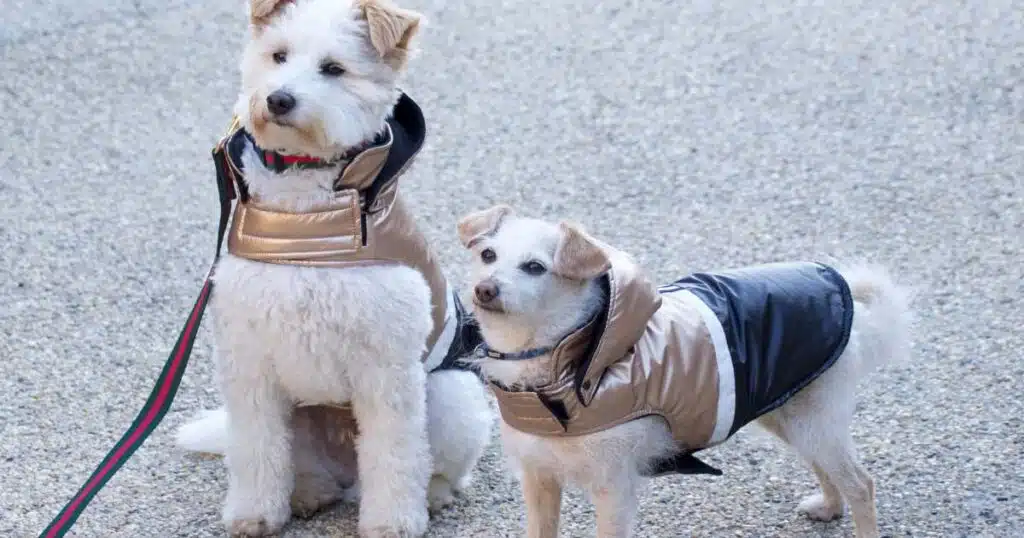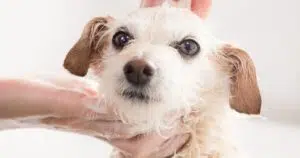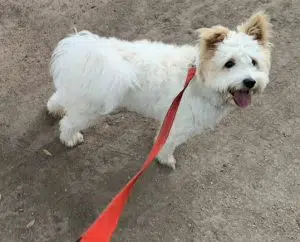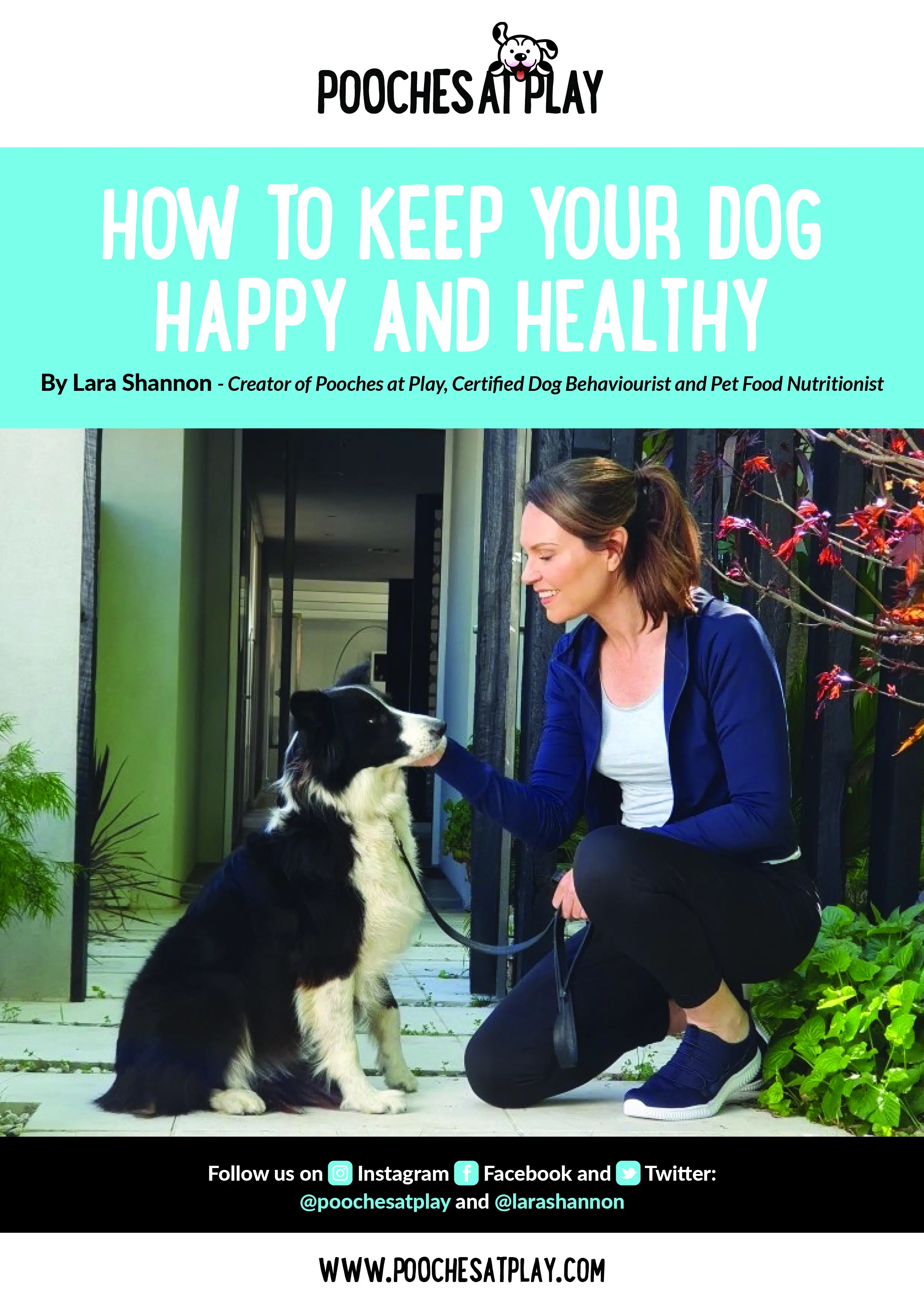

Winter can be tough on our dogs and is a time of the year when some owners can become complacent on providing the level of care their dogs need, so Winter safety for dogs should be a top priority as the temperature drops.
Having evolved over millions of years to become our closest companion animal, dogs rely solely on us to provide them with the food, comfort, care and security they need to survive.
Yet many owners are leaving their dogs out all day or night, without ensuring they have enough shelter or warmth to protect them from the elements as the temperatures drop.
Below are my top tips for Winter safety for dogs.
With an ever-increasing number of dogs suffering from anxiety and stress, as well as noise and thunderstorm phobia, it is important to be aware that if your dog is left outdoors during bad weather, they are at a greater risk of injuring themselves. Many fearful dogs will try to escape their backyard in search of human company or a place to hide from the threat, whilst many veterinary clinics and animal emergency hospitals report a jump in admissions from road trauma and other accidents during storm activity.
Lara’s Tip # 1
“During times of storms and heavy rain, it is vital that outdoor dogs can seek shelter in a safe and secure place where they are protected from the elements. Ensure they can’t use anything to scale fences and there are no gaps in fencing. Ideally, they should be provided with a safe area inside the home, or a warm and enclosed garage; blocking out the sound with calming music and closed blinds. At an absolute minimum, dogs should have a sturdy kennel under shelter close to the house with warm blankets. It needs to be large enough for them to stand up in and turn around 360 degrees with 10cm of extra space top and tail.
Whilst we love nothing more than snuggling in front of a warm fire during the cold and drizzly days, our furry friends can get a little too close for comfort at times. Open, crackling fires could lead to singed fur or tails, whilst portable heaters, wagging tails and pent up energy don’t always mix well when it comes to Winter safety for dogs.
Lara’s Tip # 2
“Keep your pooch clear of portable heaters and cords, particularly from large, bouncy or boisterous dogs and wagging tales. Install a fireguard screen around fireplaces to eliminate burning and keep your pet away from hot ash and harmful fire-starter toxins.”
Dogs still need their required amount of daily exercise appropriate to their breed, age and size in winter. Whilst it can be less appealing for us to get out in the wind and rain, our dogs still need to get out to see their mates and sniff around each day – known as ‘scenting’ this is very important for a dog’s wellbeing, so a little rain shouldn’t put a stop to this.
Lara’s Tip # 3
“If the weather is just too wet for a long walk, and even your dog is not looking excited by the prospect, a short, brisk walk or jog around the block is still a must and then supplement it with games and exercise you can play together inside. Obedience training, games of tug or chasing a ball, or even a game of hide and seek, will give them some of the mental and physical stimulation they require each day. Games and obedience training are also a great way to develop a bond with your dog.”
All too often in the winter months owners let their dog’s hair grow long, get wet and muddy making it hard to brush and forgetting their regular trim. This can lead to severe matting in long or curly hair, leading to pain, irritation, skin bacteria and infections.
Whilst owners might think leaving a long, thick coat of hair on their dog is needed to protect them from the elements, it can do more damage than good if not properly maintained.
Lara’s Tip # 4
“Keep up weekly brushing and their regular grooming schedule. If your dog has been shaven down, provide them with a warm jumper when they are outside… but always remember to take a dog’s coat off when they get active. Generally, long-haired and double-coated dogs don’t need jackets, unless they are being left outside in the cold without protection. Whereas short-haired and thin-skinned dog breeds such as Greyhounds and others, as well as puppies and elderly dogs, may need some protection to keep them warm. Even with these breeds, remove their jackets once they start running around.” Check out the DGG apparel range to keep your dog warm and stylish.
Many dogs are left with just a mat to sit on in a roofed area, but this is not sufficient in keeping most dogs protected from the wind or rain once the Winter cold and wild weather really sets in, especially for puppies, older dogs or dogs with short or thin coats.
Lara’s Tip # 5
“Always ensure your dog has a bed, and ideally a warm kennel, close to the home placed in an area with extra shelter overhead and away from wind tunnels. Beds and kennels should be raised off the ground and blankets should be provided for extra warmth. Dogs have access to an indoor area in the evening, or on particularly cold days.”
About the Author: Lara Shannon is a certified dog behaviourist and trainer, pet food nutrition specialist, Executive Producer and Host of Pooches at Play on Channel 10 and editor of Poochesatplay.com. Lara also runs her own dog training business in Melbourne’s Bayside area and is the Author of World of Dogs and Eat, Play, Love Your Dog

The role of moisture in dog food



Walking a dog – how much and why

Tips for exercising a dog indoors

Receive a FREE copy of the E-Book “How To Keep Your Dog Happy And Healthy”
"*" indicates required fields


Get your paws on Lara Shannon’s best selling books ‘Eat, Play, Love (your dog) and World of Dogs.
Available in Australia, USA, UK and Canada.